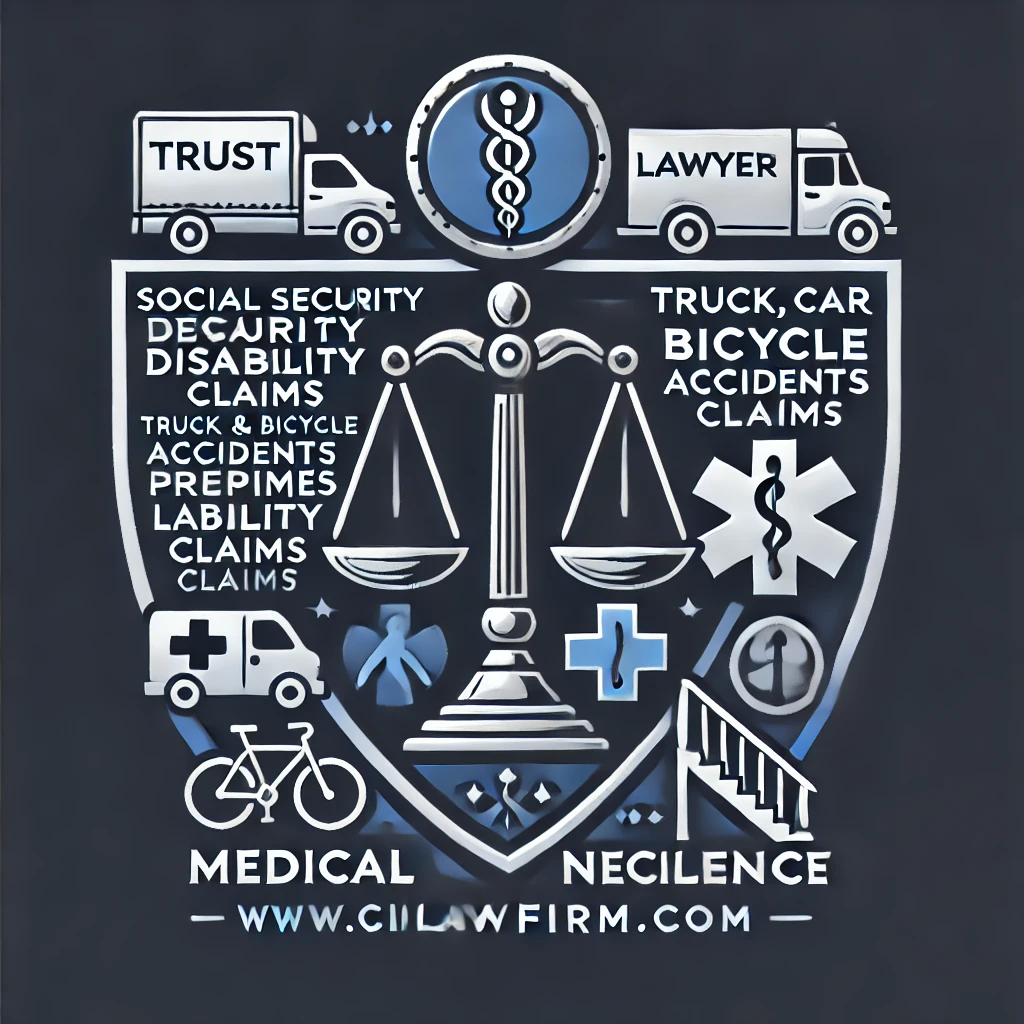According to the Journal of American Medical Association (JAMA), medical negligence is the third leading cause of death in the U.S putting it right behind heart disease and cancer.

Doctors looking at patient
Over $3 billion was spend in medical malpractice payouts in 2012 in the United States. That is an average of one payout every 43 seconds!
What can you do to avoid becoming a statistic, and what can you do if you are a victim of medical negligence?
First, what is the legal definition of medical malpractice? Malpractice occurs when a health- care provider deviates from the recognized “standard of care” in the treatment of a patient. “Standard of care” is defined as what a reasonable prudent medical provider would or would not have done under the same or similar circumstances. Basically, was the healthcare provider negligent?
How do you know if you are a victim of medical malpractice? If a healthcare provider’s negligence has caused you injury or damages, then you might be a victim of medical negligence. An indication of negligence by a provider can be in the form of honesty by the provider. They may tell the patient that they, themselves, have made a mistake, or they will give a quick apology to prevent a future claim.
Insurance companies will try to settle with an injured person directly if they can before the full effect of the injuries are known and before the injured person can have a chance to hire an attorney.
It is important to understand that there is a high likelihood of failure in the prosecution of medical malpractice cases. They are extremely expensive, stressful, and time consuming. 80% of malpractice claims end with no payment to the injured party or their survivors. Most medical malpractice attorney will only pursue a case after the documented injuries and damages are reviewed by an expert witness.
If you feel that you are a victim of medical malpractice, contact an experienced malpractice attorney in the state that the negligence occurred. The laws may be different from state to state.
